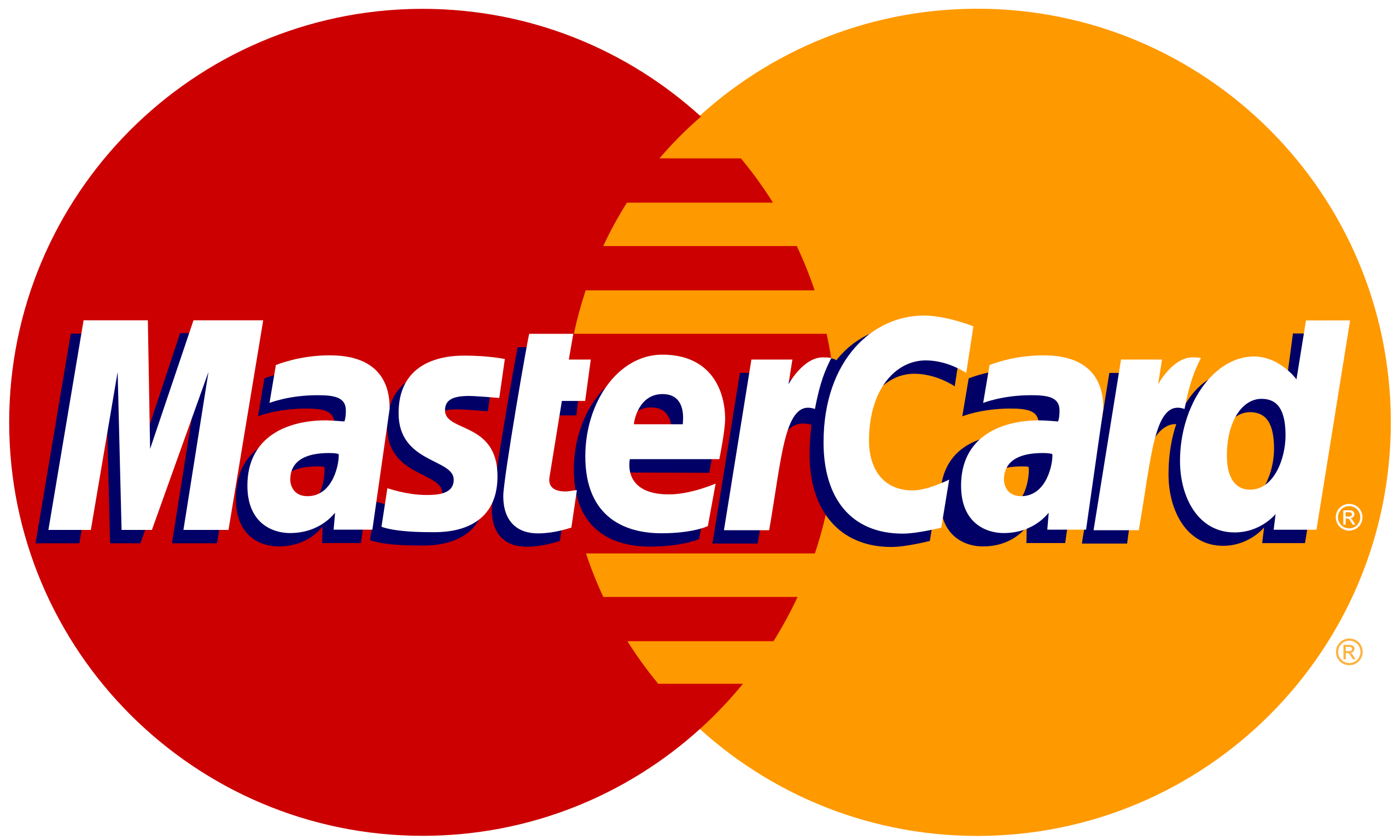
“Things are gonna start changing around here!”
What are the typical responses that you’d expect to hear around an organization if this rumor was going around? I’m here to say that it probably won’t be good!
What a great example of a simple phrase that can destroy the chemistry of teams in any organization. Just by hearing the word change most team members will instantly wonder what they will lose or what challenges will be added to their job. And the hesitance for change doesn’t come out of nowhere. With the thousands of people that we’ve had the pleasure to help through change, we’ve found that if a person currently has a negative perception of change, then there is almost certainly a good reason for that. Because the truth is people do not hate change, they hate change that’s been carried out poorly.
Anytime we work to improve something, it means that we intend to make some changes. And you are sure to get some varying perspectives on change within your team. As a rule of thumb, we’d expect 15% of the team to have a negative perspective on change (“No way I’m going along with this!”), 70% to be neutral (“Whatever...this too shall pass”), and the remaining 15% totally on-board (“Awesome! Let’s get started!”).
It is a simple fact that all improvement requires change, but it’s also important to put yourself in the shoes of the pessimists and realists and remember that not all change is improvement!
When starting a project, you’ll need to be highly in-tune with those people that you rely on to make this improvement a reality - and you’ll need their support in one way or another from concept through implementation.
Stakeholder Management vs Change Management
Before we dive into the 3 essential steps in stakeholder management, let’s get some jargon out of the way. There are two phrases that you will hear (quite often interchangeably) when it comes to managing change within your team. Although many in the industry will say these names have the same meaning, there is an important distinction.
When we create a change, the results are that there was the old way of doing things and now the new way. There are two important aspects in any change and that is
- The quality of the new way of doing things.
- The buy-in from those involved.
We’ve seen some pretty awesome solutions go flat because the drivers of the change did not get the necessary buy-in. And conversely, we’ve seen some awesomely mediocre solutions succeed because the stakeholders were all on board to make it a success. Successful change = Quality Solution + Stakeholder Buy-In.
- Stakeholder Management focuses on Stakeholder Buy-In. A Stakeholder is anybody who has an interest in, or is affected by the project. It’s the process of maintaining good relationships and alignment with stakeholders throughout the process of change from concept to implementation.
- Change Management focuses on both Quality Solution + Stakeholder Buy In. . Although many people use change management and stakeholder management interchangeably, change management is “bigger and more complex” because it includes how to create a good solution as well as how to be successful on the people side of things.
So you’re working on changing something...making an improvement. And you’ve got a great solution and your idea is technically sound. Now, let’s make sure that you are balanced on the Buy-in. Let’s look at the 3 Steps to Stakeholder Management.
1. Your Stakeholders...Who are they?
The first step in getting the necessary people on your side is understanding who they are. Thinking through these questions early in the project is the only way to have successful implementation through to the end.When starting a project, you have to figure out;
- Who are the people or groups that I need to consider?
- What is their relation to the project?
- Are they Decision-Makers? Influencers? Will be affected by the change?
- What is their current perspective on the change? (Negative, Neutral or Positive?)
A good method is to start by mapping all stakeholders on a “Relations Diagram”. Draw a simple target shape. With the project name in the center, and different levels of relation to the project moving outward. Look into our Stakeholder Management course for more in-depth knowledge of these different levels. Placing teams or individuals in these rings is normally done on a whiteboard with lots of sticky notes.
Once all stakeholders are plotted on the relations diagram, we move onto assessing the stakeholder perspective. This is an early step to identify how to best work with your stakeholders. It is important to remember that this is not a scientific assessment, and is absolutely not an emotional activity! This has nothing to do with the personal opinion of an individual or group. It is about understanding their current and desired perspective on a specific project.The team will discuss each stakeholder or stakeholder group, and using their current knowledge, they will identify the stakeholder as either
- Negative (actively against the work of the project team, or do not intend to cooperate)
- Neutral (neither negative nor particularly supportive)
or
- Supporters (actively engaged and supportive)
On the target diagram, you can now label both the current view, and the desired view of all stakeholders using the labels “-/o/+” for negative, neutral, and positive respectively. Keep in mind that you do not need every single stakeholder to be cheerleader for your project, sometimes neutral is good enough (as long as it’s not all neutral!)
What if we don’t know the current perspective of the Stakeholder? Ask!
Sometimes this simple act of asking and probing as to the reason for the perspective (good or bad) builds trust and support for your effort. Understanding why a person or group is negative, neutral or supportive is absolutely key to the next step, Building the Message.
2. Build the Message
We know from our first step that stakeholders can all have different perspectives on a specific change effort. Spending the time to engage with and create intentional messages for each individual stakeholder group beforehand is so much more efficient and effective for waiting until implementation.
First, decide the basics of the message delivery. Who will deliver the message? How will they deliver it (email, formal meetings, informal meeting, phone call)? Once the basics are decided, we can dive into message crafting. The whole point of your message is to move the Stakeholder to a healthy perspective or to keep them there if they are already where you need them to be. So if they are currently neutral and you need them to be a supporter, then how can your message help to accomplish that? Consider using these questions to build a unique message for each Stakeholder or Stakeholder Group:
- What is your goal or objective?
- What is acceptable or unacceptable with the current situation?
- How do we know? (Use facts and data, not opinions or assumptions)
- How will the successful completion of this goal help the specific stakeholder?
- What are your next steps? What is the current phase of your effort?
- What kind of support do you need from the Stakeholder?
- When the message is crafted, you’re ready for the next step!
3; Refresh, Recharge, Revitalize!
A lot can change from idea to implementation - for you, for the organization and for your stakeholders. In order to create and maintain alignment with and support from your stakeholders, it is important to regularly revisit Steps 1 and 2.
Maybe the stakeholders have changed; the people who are the decision-makers, influencers and those affected by the change may have changed their roles. Your stakeholders will likely morph and evolve over the life cycle of your project. Maybe their perspectives have changed; other demands, their own situation, the impact or your project on them are not static. And as your project progresses, you will go from what you think to what you know, and you will know much more about the change itself.
Even your method for communication may need to change; perhaps your first message was sent via email, but the current one would be best in a face to face over lunch. Only you can decide how often to refresh, recharge and revisit your stakeholder communication plan - always considering that this is a parallel activity to the actual creation, development and implementation of your solution.
No matter what your change is - whether you’re replacing an old piece of equipment with a new one, moving locations, a major merger or acquisition, a process improvement, implementing new software - the type or size of the change doesn’t matter. The way we change is what determines whether our change will be an improvement.. or another flop of a change that creates more chaos and - as an added bonus - creates future pessimistic and negative stakeholders.
Incorporating these 3 steps into your efforts to make things better will give you a much greater chance at your hard work paying off by creating and maintaining great relationships!
Comments (0)
Categories
Recent posts


Lean Six Sigma Green Belt and COVID – ...
19/08/2022
The Ultimate Guide to Learn Data ...
6/01/2023
Lean Six Sigma Implementation Process - ...
31/10/2022
Unlock the Hidden Potential of Data ...
21/01/2023
Save Big Today
Looking for the best deal? Save time and money by comparing prices, reviews, and features of courses before making your enrollment. Start now!











